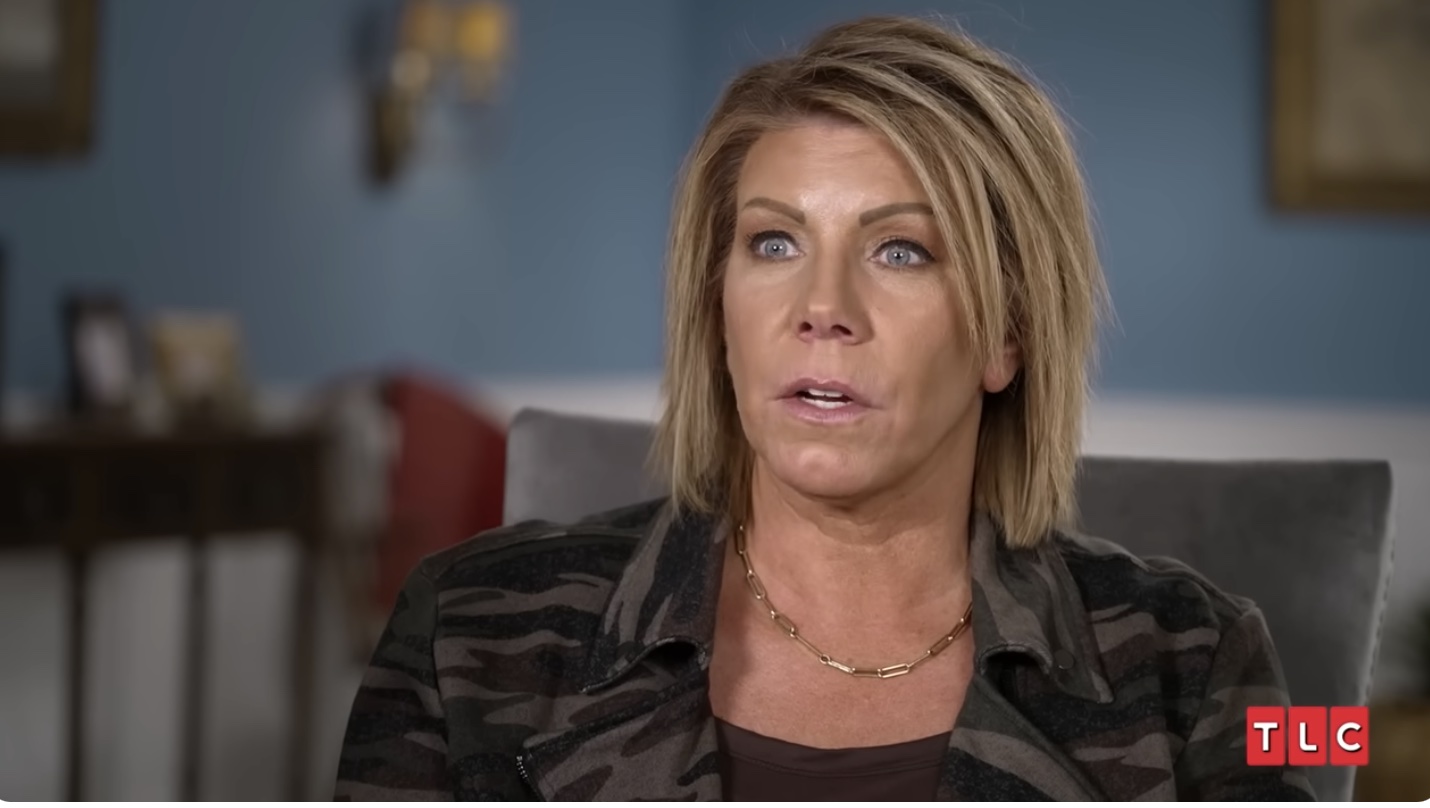
Fed Chair Jerome Powell made it crystal clear last summer: Spiking mortgage rates would help to “reset” the U.S. housing market, which had turned into a buyer’s nightmare during the pandemic.
Of course, spiking mortgage rates wouldn’t magically build more homes. However, higher rates in theory could “rebalance” the U.S. housing market by throwing cold water on the pandemic’s housing demand boom, allowing inventory breathing room to rise, and pushing home prices lower. That’s also exactly what unfolded in the second half of last year: Sales for both new and existing homes went into free-fall mode, while U.S. home prices started to fall for the first time since 2012.
But fast-forward to 2023, and it looks like that free-fall in home sales could be over. In fact, just this week Goldman Sachs published a paper titled “2023 Housing Outlook: Finding a Trough.” The paper argues that home sales are bottoming out, while the home price correction has a bit longer to run.
“We suspect that existing home sales could decline slightly further but will likely bottom in Q1,” write Goldman Sachs researchers. “We expect a peak-to-trough decline in national home prices of roughly 6% and for prices to stop declining around mid-year [in 2023]. On a regional basis, we project larger declines across the Pacific Coast and Southwest regions.”
To better understand if the U.S. housing market recession is actually bottoming out, Fortune reached out to Zonda chief economist Ali Wolf. When she’s not traveling around the country speaking to homebuilders, she’s advising the White House on housing matters.
Below is Fortune‘s Q&A with Ali Wolf.
Fortune: There are early signs that housing demand, which plummeted last year as mortgage rates spiked, is starting to recover. Are you also seeing this? If so, is this simply seasonality, or also a result of mortgage rates coming down a bit?
There has been an uptick in buyer interest since the beginning of the year related to three key things: seasonality, acceptance, and discounts.
Seasonality: The housing market traditionally is the slowest at the end of a given year, picks back up in January, and goes into full force during the spring selling season starting around the Super Bowl. Early indications are that buyers are out shopping again. Right now, it seems there are more buyers looking than actually signing contracts, but the increased traffic indicates underlying interest: 38% of builders reported to Zonda that traffic has been stronger than expected in January so far. A key thing to watch in the coming months is resale inventory. We saw many existing homeowners de-list their homes in November and December when their home didn’t sell as quickly or for as much money as they had hoped. The spring selling season usually brings more inventory with it, so we are watching to see if these sellers decide to re-list in this traditionally stronger time of the year for housing.
Acceptance: Consumers have been mourning the loss of record-low mortgage rates. For example, if a consumer was able to afford the monthly payment of a $500,000 house at the beginning of last year, without changing their budget, they are now looking for a house in the $350,000 range. For some consumers, they are unwilling or unable to move forward with a purchase. For others, they are entering the acceptance phase. We are on the 10th consecutive week of mortgage rates averaging below 7%. This stability in rates is giving consumers a bit more confidence about where the market is right now. Some existing home sellers and many builders are offering funds to help buy down the interest, with adjustable-rate mortgage options and 30-year fixed rate mortgage options.
Discounts: Homebuilders now represent over 30% of overall housing inventory. Builders are in the business of building and selling homes. As a result, we’ve seen builders offer both price cuts and incentives to entice consumers. What we saw happen was that in the early days of the housing slowdown, builders offered modest price cuts to the tune of 1 or 2% of the base price. All that did was tell consumers it made sense to wait, because home prices will likely be lower in the future (i.e. consumers got in a deflationary mindset). Builders learned quickly that it was a lot better to “rip the Band-Aid off” with home prices, but just adjusting once hard and fast to find the market. As a result, roughly 40% of builders have already lowered home prices between five and 15%. For consumers, the FOBATT [fear of buying at the top] mentality is calmed a bit because they are no longer waiting for prices to start coming down.
Are builders finding success with rate buydowns?
Zonda data shows that over 50% of new home communities across the country are offering some kind of incentive to consumers. These incentives can range from extended rate locks to funds for closing costs or options and upgrades and mortgage rate buydowns. Mortgage rate buydowns are essentially builders paying points to lower the mortgage rate. Builders are paying anywhere between $10,000 and $70,000 to lower the rate. For consumers, a main reason they pulled back from the housing market is the record affordability shock. Lower rates, especially when the builder offers a lower rate on a 30-year fixed mortgage, are proving effective at bringing some consumers back into the market. Put simply, the buydowns are expensive but effective.
Do you have any data on how much/how many builders have cut prices?
Our December builder survey showed that 43% of builders cut prices month over month, while 56% left prices flat. For January, our early read is that 56% of builders held prices flat, 32% lowered prices, and 12% increased [home prices]. In some markets we have seen average detached new home list prices come down 20% from peak; in others current pricing is still at peak.
Heading into 2023, Zonda predicted that U.S. home prices would fall around 15% peak to trough. Have you made any shifts in your expectations for U.S. house prices?
We still expect home prices to be down in 2023 compared to 2022, but how deep a decline will depend on how quickly sellers “find the market” with price cuts, what happens with mortgage rates, how inventory levels trend, and what happens related to a U.S. economic recession.

Want to stay updated on the housing correction? Follow me on Twitter at @NewsLambert.
Learn how to navigate and strengthen trust in your business with The Trust Factor, a weekly newsletter examining what leaders need to succeed. Sign up here.
















:quality(85):upscale()/2025/01/15/863/n/49352476/9e69ba8767880fdc9084b2.84057222_.png)







